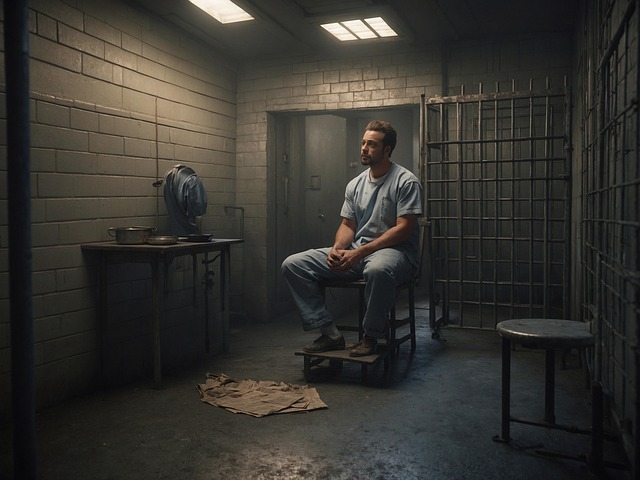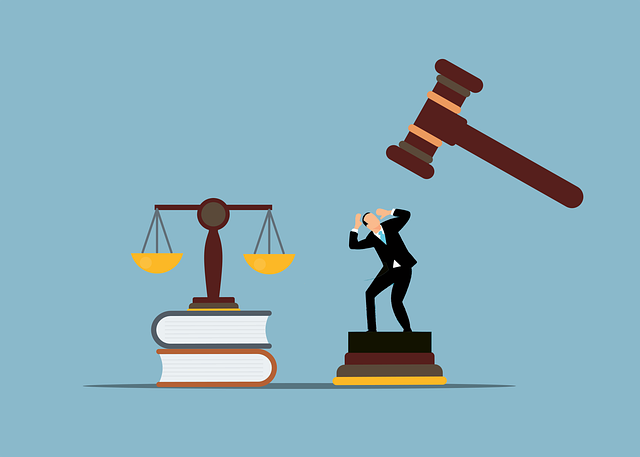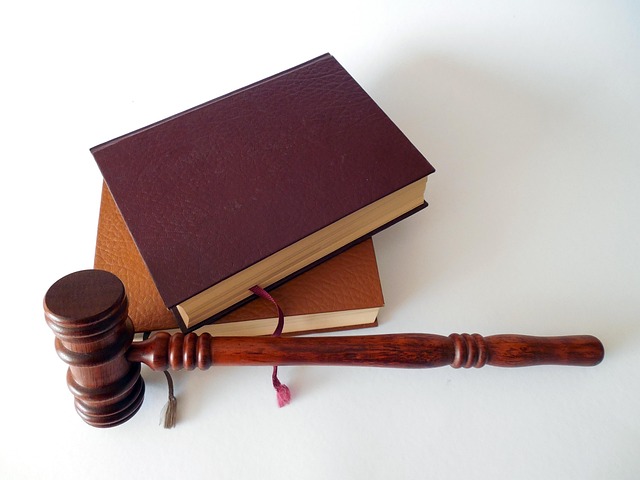Environmental Crime Trials specialize in addressing ecological transgressions, with success hinging on understanding regulations, gathering evidence, and analyzing environmental impacts. Common Causes of Partnership Disagreements arise from differing interpretations of regulations and financial vs personal culpability priorities between corporate and individual clients. These trials often involve complex legal landscapes that require nuanced strategies for navigating disagreements over cleanup responsibilities, resource allocation, and regulatory compliance. Effective contract negotiation, communication channels, and dispute resolution mechanisms can prevent or mitigate these conflicts. Successful outcomes include significant changes in corporate behavior, policy reforms, multi-million dollar fines, and enhanced environmental protection through collaborative strategies.
“Environmental Crime Trials: Uncovering Legal Perspectives and Community Impact
This comprehensive article delves into the intricate world of environmental litigation, focusing on trials that hold polluters accountable. We explore ‘Understanding Environmental Crime Trials’ from a legal standpoint, uncovering common challenges in ‘Partnership Disputes’. The piece highlights the profound effects of these crimes on communities and ecosystems, while offering strategic insights to navigate conflicts. Through successful case studies, we demonstrate how robust legal strategies can lead to positive environmental change, ensuring justice for affected areas.”
- Understanding Environmental Crime Trials: A Legal Perspective
- Common Causes of Disagreements Among Partners in Environmental Cases
- The Impact of Environmental Crimes on Communities and Ecosystems
- Legal Strategies to Address Partnership Disputes in Environmental Litigation
- Case Studies: Successful Environmental Crime Trial Outcomes
Understanding Environmental Crime Trials: A Legal Perspective

Environmental Crime Trials offer a unique legal lens into addressing and prosecuting violations of environmental laws. These trials delve into complex issues, often involving corporate and individual clients, accused of actions that range from pollution to habitat destruction. Understanding these cases requires recognizing the intricate interplay between regulatory frameworks and criminal intent. The process involves meticulous investigation, evidence collection, and interpretation of environmental impact, alongside legal arguments centered on culpability and responsibility.
Common Causes of Partnership Disagreements in these trials often stem from differing interpretations of environmental regulations or disputes over the extent of pollution’s reach. A winning challenging defense verdict requires a robust strategy that navigates scientific complexities and legal precedents. By presenting compelling evidence and leveraging expert witnesses, attorneys can achieve complete dismissal of all charges, ensuring their clients’ rights are protected within the environmental justice framework.
Common Causes of Disagreements Among Partners in Environmental Cases

In environmental crime trials, disagreements among partners can arise from several common causes. One primary factor is the differing priorities and goals between corporate and individual clients. While corporate entities often focus on minimizing financial losses and regulatory penalties, individuals might be more concerned with personal culpability and rehabilitation. This misalignment can lead to disputes over case strategies, particularly during all stages of the investigative and enforcement process.
Another significant contributor is the intricate nature of white-collar defense. The complex legal and factual issues involved often require nuanced interpretations of environmental laws and regulations. Partners may have divergent views on how strictly to adhere to legal precedents or whether to pursue certain lines of inquiry, especially when dealing with technical aspects that could impact both the case’s outcome and potential civil liability for corporate clients.
The Impact of Environmental Crimes on Communities and Ecosystems

Environmental crimes have far-reaching consequences that impact both communities and ecosystems. The toxic release of pollutants into air and water bodies can lead to severe health issues among residents, including respiratory diseases, cancer, and neurological disorders. Moreover, these pollutants often cause irreversible damage to local flora and fauna, disrupting entire ecological balances.
Common causes of partnership disagreements in the context of environmental crimes include disputes over responsibility for cleanup efforts, allocation of resources, and conflicting interpretations of regulatory frameworks. These conflicts can hinder effective response strategies, delay remediation, and ultimately aggravate the harm caused to communities and environments. Winning challenging defense verdicts in jury trials requires a thorough understanding of these complexities, as well as a strong general criminal defense strategy to protect individuals and businesses from unjust accusations and ensure sustainable solutions for all stakeholders involved.
Legal Strategies to Address Partnership Disputes in Environmental Litigation

In environmental crime trials, partnership disputes often arise from complex legal landscapes, with various stakeholders—including corporate and individual clients—having differing interpretations of contracts and responsibilities. Common causes of these disagreements include misaligned goals, unclear roles in project execution, and disparities over resource allocation and management. To navigate these challenges, legal strategies must be nuanced and tailored to the specific circumstances. One key approach involves early contract negotiation and drafting, ensuring that terms are explicit and align with all partners’ expectations.
Effective communication channels and dispute resolution mechanisms built into contracts can help prevent or mitigate disputes. In high-stakes cases, where a complete dismissal of all charges is not feasible, alternative solutions like mediation and arbitration can foster collaborative problem-solving. These methods allow parties to find mutually acceptable outcomes without the need for prolonged litigation, which can be both costly and detrimental to reputations. By employing these legal strategies, environmental litigators can address partnership disputes in a manner that promotes fairness, accountability, and sustainable resolutions.
Case Studies: Successful Environmental Crime Trial Outcomes

Environmental crime trials have seen some notable successes that highlight the impact of robust legal action against polluters. These high-stakes cases often involve complex issues, but when handled effectively, they can lead to significant changes in corporate behavior and policy reforms. For instance, successful prosecutions in the US have resulted in multi-million dollar fines and strict environmental monitoring requirements for companies found guilty of contaminating water sources or air quality violations. Such outcomes serve as a stark warning to other organizations, demonstrating that environmental irresponsibility will not be tolerated.
The outcomes of these trials are particularly impactful due to the involvement of prominent stakeholders, including philanthropic and political communities. These high-profile cases often attract media attention, raising public awareness about environmental issues. This collective scrutiny can drive change beyond legal penalties, fostering a culture of corporate accountability and encouraging the adoption of sustainable practices. Moreover, successful environmental crime trials can help resolve common causes of partnership disagreements between regulatory bodies and industries, leading to more collaborative and effective strategies for future environmental protection.
Environmental crime trials are crucial for upholding ecological balance and protecting vulnerable communities. By understanding the legal framework, recognizing common causes of partnership disagreements—such as differing priorities or interpretations of evidence—and employing strategic litigation methods, successful outcomes can be achieved. Case studies demonstrate that these efforts not only deliver justice but also serve as a testament to the power of collective action against environmental crimes, fostering sustainable futures for all.






